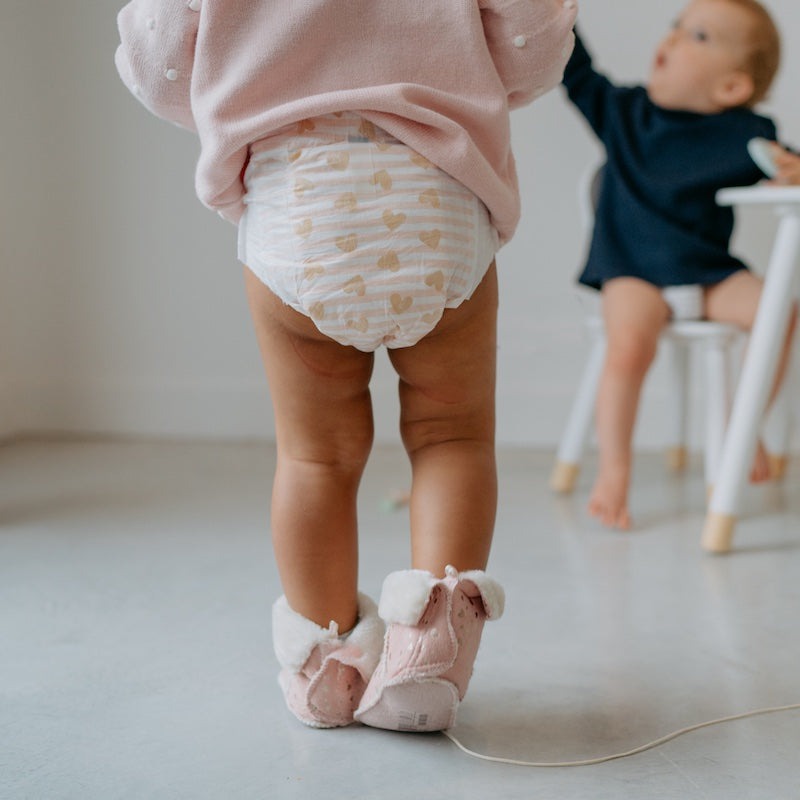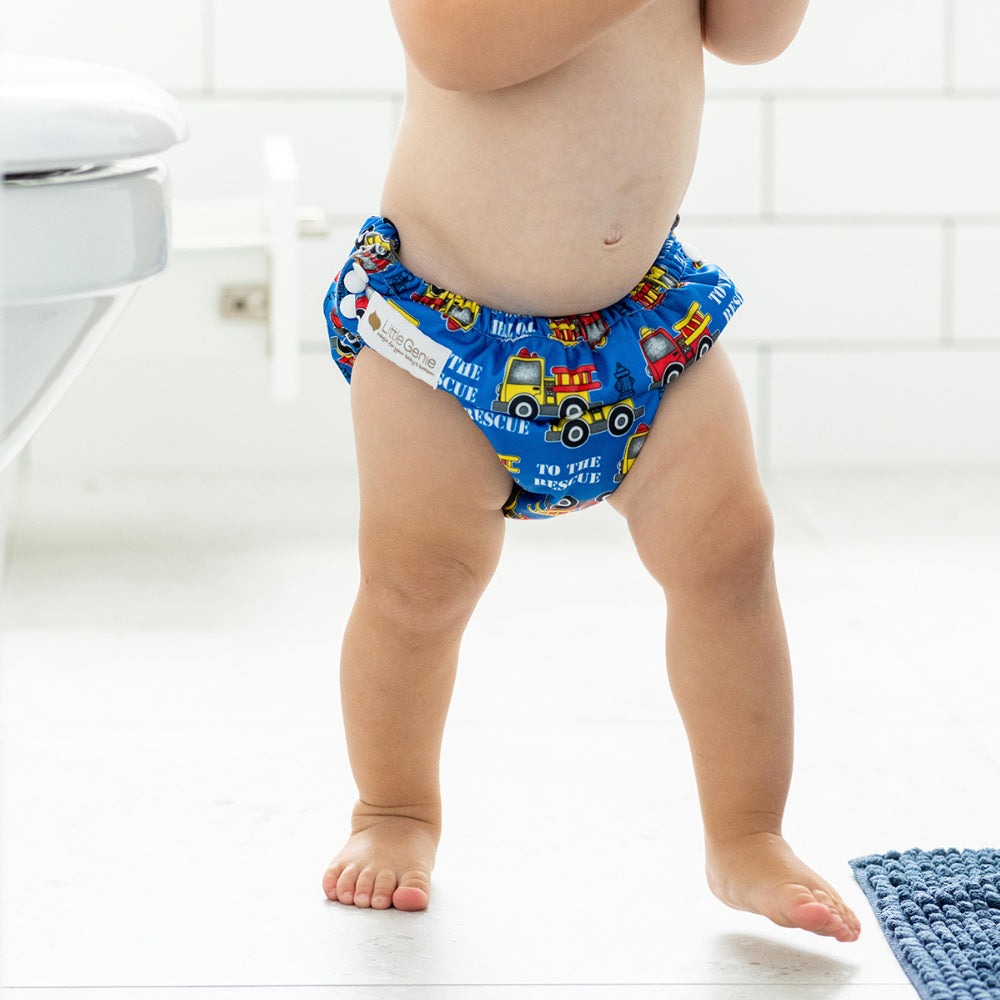What Are Toddler Training Pants?
Toddler training pants are a key stage in your child’s potty training journey. They bridge the gap between diapers and regular underwear. Unlike diapers, training pants are less absorbent. This helps toddlers feel the sensation of wetness, which is essential for potty training. They also often have side fastenings or are made of a stretchy material. This allows for easy pull up and down by the child, fostering a sense of independence.
Training pants come in various types for different needs. You can choose from reusable or disposable options. Some have waterproof layers for fewer leaks. Others have fun designs that appeal to toddlers, encouraging them to wear them. Using toddler training pants is a step towards big-kid underwear. They offer the safety net parents want while promoting the autonomy toddlers need.
The Benefits of Using Training Pants
Switching to toddler training pants offers several advantages during the potty training process. Here are some notable benefits:
- Promotes Independence: One of the main benefits of training pants is that they encourage toddlers to take charge of their bathroom habits. The easy pull-up design of most toddler training pants allows children to manage them without much assistance, fostering a sense of self-reliance.
- Increases Awareness: With less absorbency than diapers, training pants allow toddlers to feel the sensation of wetness. This helps them become more aware of their bodily functions and signals when it’s time to head to the potty.
- Boosts Confidence: Transitioning to training pants is seen as a big-kid move, which can boost a toddler’s confidence. Wearing something that resembles regular underwear can make them feel proud and more motivated to complete their potty training.
- Eases the Transition: For many children, moving directly from diapers to underwear is daunting. Training pants serve as a comfortable middle step, reducing the fear of accidents and making the eventual switch to underwear less intimidating.
- Convenient for Parents: Training pants with side fastenings or stretchable material make it easy for parents to change their toddlers quickly, whether at home or out and about. This convenience is especially appreciated during the early stages of potty training when accidents are more common.
- Environmental and Financial Impact: Reusable toddler training pants not only reduce waste compared to disposable diapers but can also be more cost-effective in the long run. This is an important consideration for eco-conscious families looking to minimize their environmental impact.
Incorporating toddler training pants into your child’s potty training regimen can help make the process smoother for both you and your toddler. These benefits highlight the importance of choosing the right training pants to support your child’s journey toward becoming fully potty-trained.
When to Start Using Toddler Training Pants
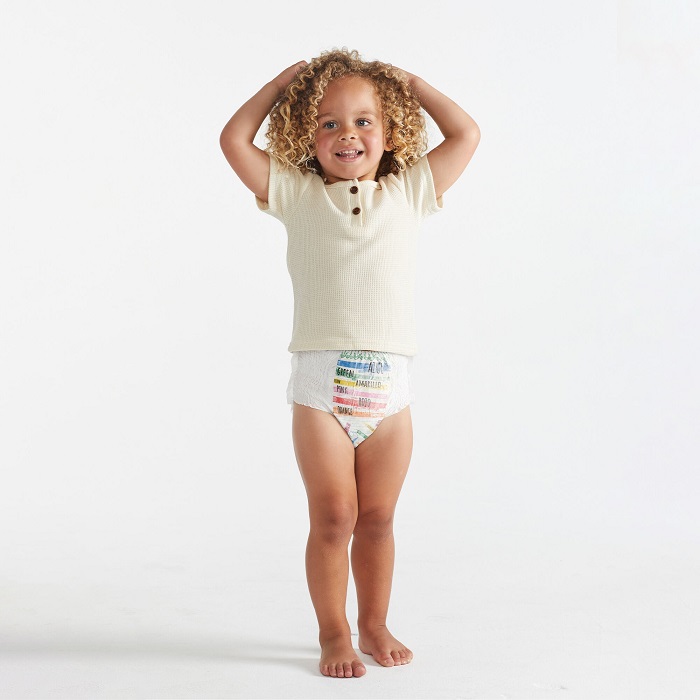
Deciding when to introduce toddler training pants is crucial for a successful potty training experience. Start when your child shows signs of readiness, not at a specific age. These signs include showing interest in the bathroom habits of others, staying dry for longer periods, or disliking wet diapers. Also, look for your toddler’s ability to follow simple instructions, express when they have to go, and pull their pants up and down. An important tip is to wait for a stable routine. Avoid starting during stressful or big changes, like a house move or a new sibling. Patience is key — children develop at their own pace. So, wait for these readiness cues before making the switch to training pants.
Choosing the Right Type of Training Pants
Selecting suitable toddler training pants is essential for a positive potty training experience. The right type can encourage consistent use and lead to successful potty training. Here are some key factors to consider when choosing training pants:
- Material: Training pants come in both reusable cloth and disposable materials. Cloth pants can be washed and reused, making them an economical and eco-friendly option. Disposable types can be more convenient when out and about but might increase the potty training budget.
- Absorbency Level: Consider how absorbent the training pants need to be. There are options that offer more protection for nighttime, while others are less absorbent to help toddlers feel wetness quickly during the day, prompting them to use the potty.
- Size and Fit: A proper fit is critical to prevent leaks and ensure comfort. Look for adjustable features or different sizes that cater to your child’s specific needs. Pants that are too tight or too loose can hinder movement or cause discomfort.
- Ease of Use: Training pants should be easy for toddlers to pull up and down. Features like stretchy sides or tear-away seams might be helpful, especially for children who are still mastering their fine motor skills.
- Design: Appealing designs or favorite characters on the training pants can motivate toddlers to wear them consistently. Choose designs that your toddler likes to make the process more enjoyable for them.
- Safety: Ensure the training pants are free from harmful chemicals or allergens that might irritate your child’s skin. Check the product specifications and look for reputable brands.
By keeping the above aspects in mind, parents can choose the most appropriate toddler training pants that will support their child’s potty training progress and provide comfort and convenience.
How to Transition from Diapers to Training Pants
Transitioning from diapers to toddler training pants can be a smooth process with the right approach. Here are some steps to help your child make the switch:
- Recognize Readiness: Before transitioning, ensure your toddler is showing signs of readiness for potty training. Look for cues like discomfort with wet diapers and interest in using the toilet.
- Explain the Changes: Talk to your child about the upcoming change. Use simple terms to explain the difference between diapers and training pants, and why they are moving to the latter.
- Shopping Together: Involve your toddler in picking out their training pants. Let them choose designs with their favorite characters or colors to get them excited about the change.
- Set a Start Date: Choose a start date to begin the transition. Pick a day without stressful events so you both can focus on the process.
- Create a Routine: Establish a consistent routine for bathroom breaks. This can help your toddler anticipate when it’s time to use the potty.
- Positive Reinforcement: Celebrate successes with praise to motivate your child. Small rewards or sticker charts can make the experience more enjoyable.
- Stay Consistent: Keep using the training pants all the time to maintain consistency. This helps your child understand that they are no longer wearing diapers.
- Expect and Manage Accidents: Be prepared for accidents and handle them calmly. Assure your toddler it’s part of the learning process.
By following these steps and offering continuous support and encouragement, your toddler will learn to use their training pants and progress in their potty training journey. Remember to be patient and flexible, as every child’s transition from diapers to toddler training pants is unique.
Training Pants vs. Pull-Up Diapers: Understanding the Differences
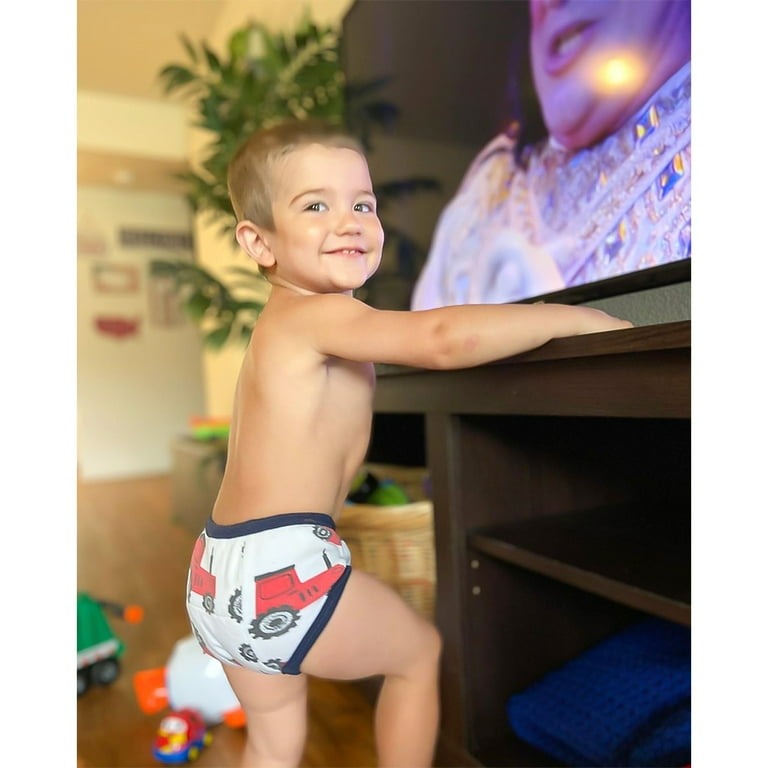
When potty training a toddler, parents often choose between training pants and pull-up diapers. Both aid the transition from diapers to underwear but differ in design and purpose. Understanding these differences is key to choosing the best option for your child.
Training Pants:
- Independence: Toddler training pants are much like real underwear. They are ideal for kids who are showing clear signs of potty training readiness. They fit snugly and can be pulled up and down by the child with ease, promoting self-help skills.
- Sensation of Wetness: These pants are less absorbent, which means that toddlers feel wet faster. This signals to them that it’s time for a toilet trip. It reinforces the connection between feeling wet and the need to use the potty.
- Reusable Options: Many training pants are washable and reusable. They are eco-friendly and may save money over time.
Pull-Up Diapers:
- Absorbency: Pull-ups are more absorbent than training pants. This makes them suitable for nights or for early in the training process when accidents are frequent.
- Familiarity: They function like diapers but pull up and down. This helps children who might be resistant to change adjust slowly to the idea of underwear.
- Disposable Nature: Typically, pull-ups are disposable. They offer convenience while away from home and make cleanup easier after mishaps.
Choosing between the two will depend on your child’s readiness, your goals for potty training, and considerations like convenience and environmental impact. Parents may use both at different stages of potty training: training pants during the day to encourage independence and pull-ups at night for better protection. Your choice should align with encouraging your toddler’s progress while providing you with practicality in managing the potty training process.
Tips for Encouraging Your Toddler to Use Training Pants
Encouraging your toddler to use training pants is a critical step in their potty training journey. Here are some practical tips to help make this transition smoother:
- Start with Excitement: Make the shift to training pants exciting. Show enthusiasm and talk about how fun and significant this step is.
- Allow Choice: Let your toddler pick their pants. Fun colors or characters they love can boost their desire to wear them.
- Use Praise: Celebrate every attempt your child makes to use the potty. Clap and cheer for them to build their confidence.
- Offer Rewards: Create a reward system. Stickers or extra playtime for successful potty trips can work well.
- Keep Consistent: Stick to routines. Regular reminders can help your child remember to use their training pants.
- Stay Positive: Keep a positive attitude, even when mishaps happen. Encouragement is better than frustration.
- Model Behavior: Sometimes, showing is better than telling. If possible, let them see how older siblings or friends use the toilet.
- Educate with Stories: Read books or watch shows about potty training with your child. They can learn through storytelling.
- Be Patient: Understand that each child takes their own time. Pressuring them can cause setbacks.
By incorporating these tips, parents can support their toddlers in getting used to training pants and moving forward in the potty training process. Remember, patience and consistent support are key to a successful transition.
Common Challenges and Solutions
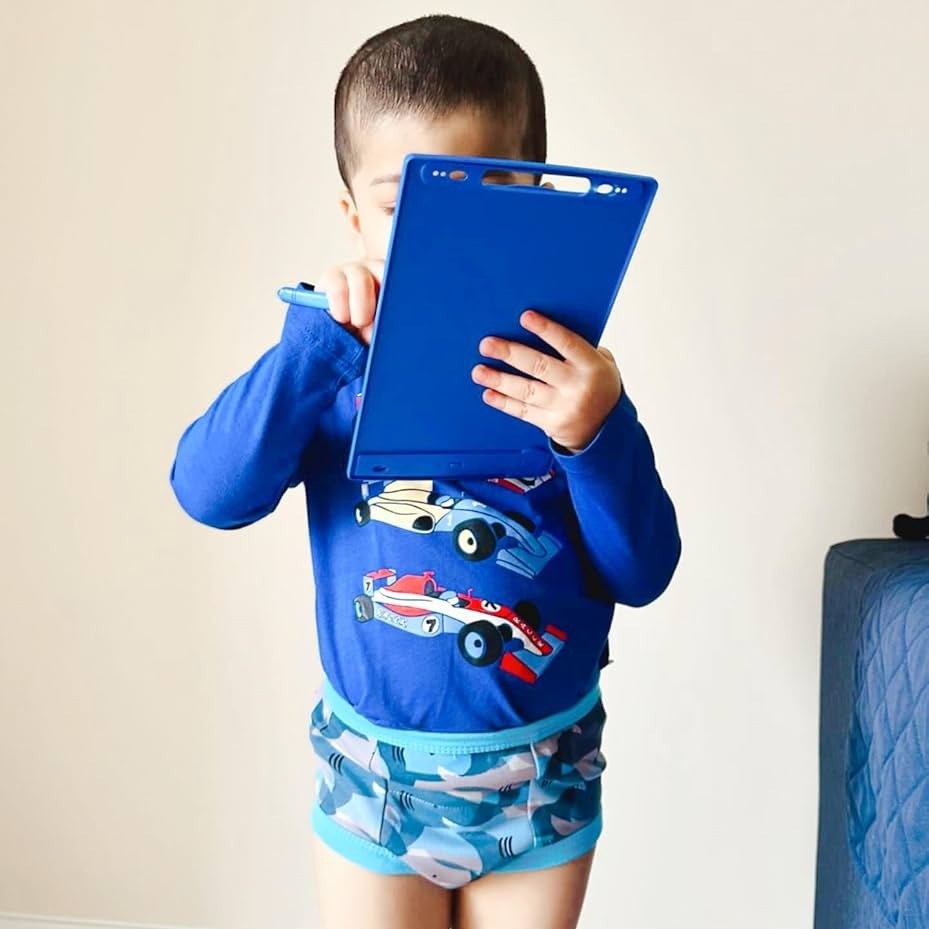
While toddler training pants are a helpful tool for potty training, they can come with challenges. Here are some common issues parents face, along with solutions to manage them.
- Resistance to Change: Some toddlers may resist switching from diapers to training pants. To ease this transition, slowly introduce the pants and ensure they are a part of your child’s decision-making, like choosing the design.
- Frequent Accidents: When starting, accidents are normal. Stay calm and reassure your child it’s okay. Have them help clean up to learn consequences and responsibility.
- Nighttime Leaks: Training pants are less absorbent, so nighttime leaks may happen. Use waterproof mattress covers and consider pull-up diapers at night while your child is still adjusting.
- Refusing to Pull Up/Down Pants: Encourage independence by practicing pulling up and down with loose clothing. Praise attempts, even if they’re not perfect, to boost morale.
- Confusing Training Pants with Diapers: Explain the difference between the two. Use consistent language and actions to reinforce the purpose of training pants.
- Unwillingness to Stop Activities for Bathroom Breaks: Create a routine and use timers to remind your child when it’s time to try using the potty. Offer rewards for following the routine without fuss.
By addressing these challenges with patience and persistence, parents can help their toddlers acclimate to the new stage of training pants and advance their potty training journey.


